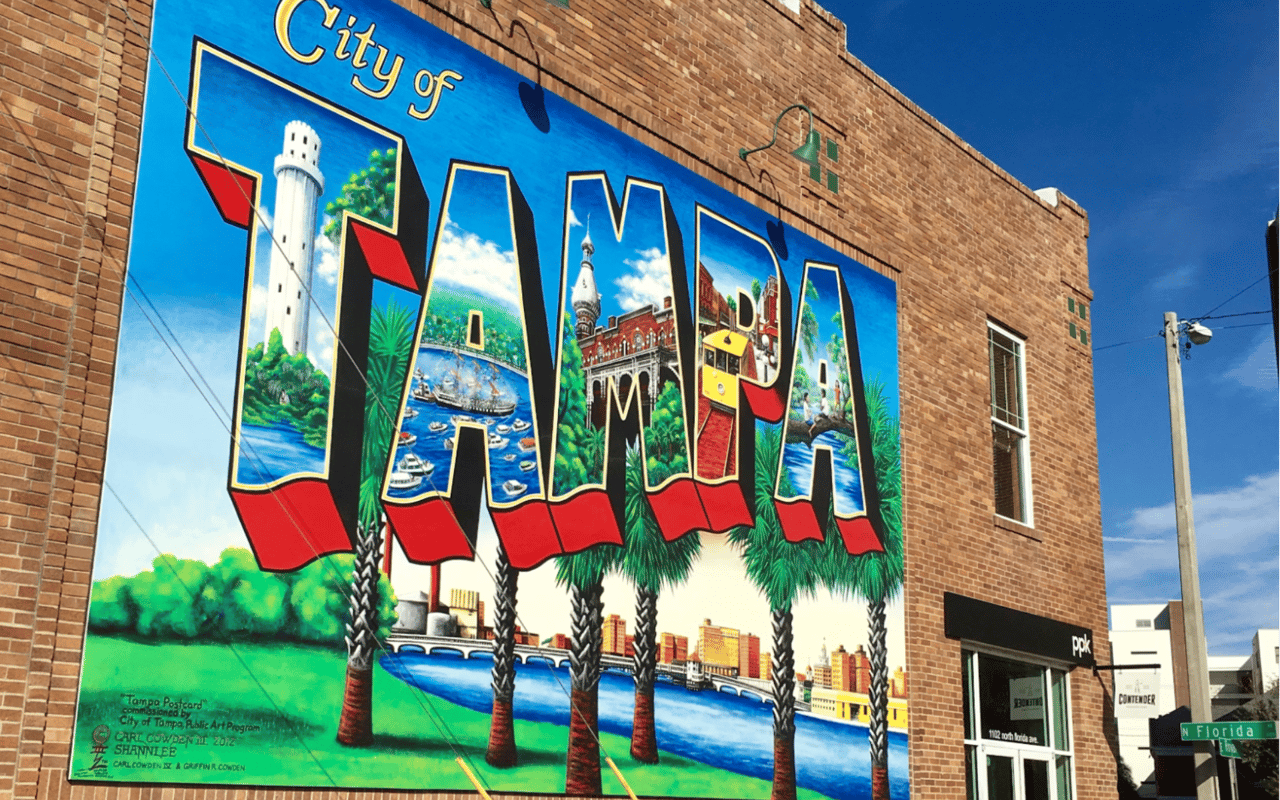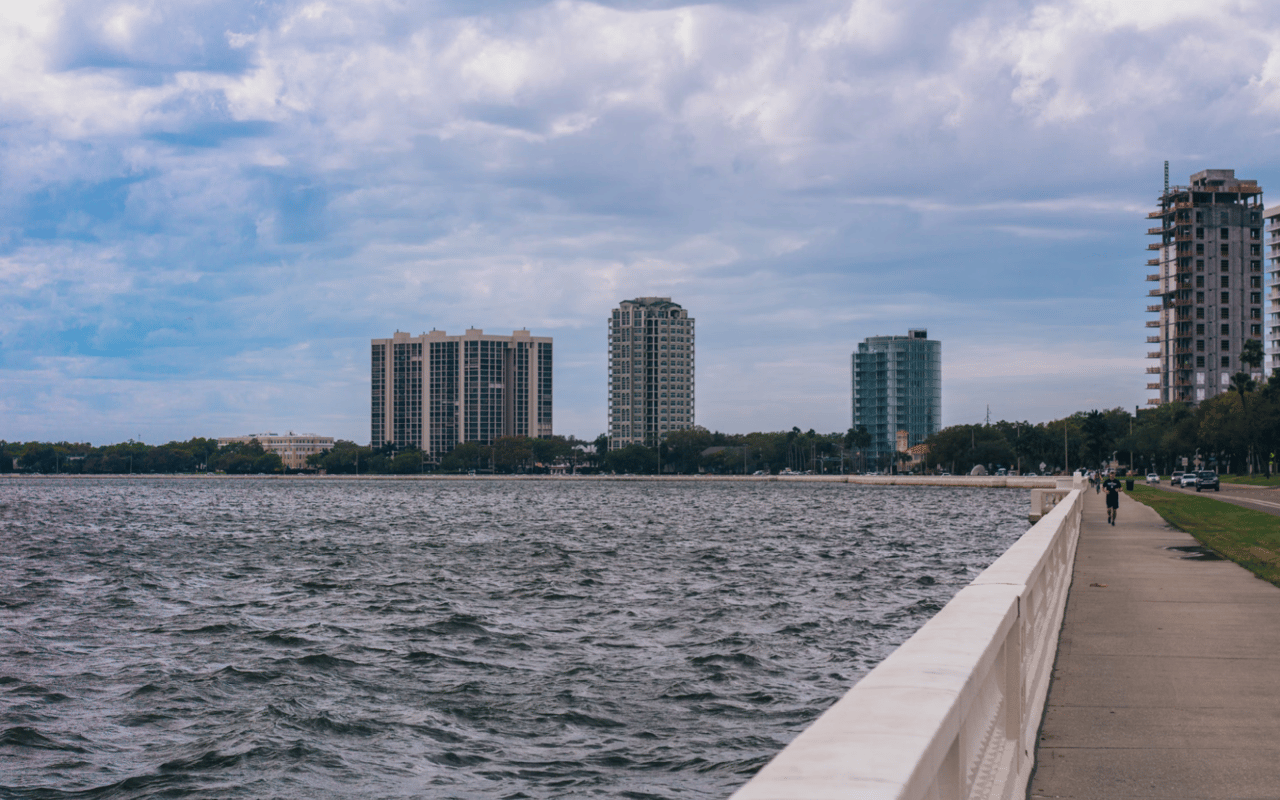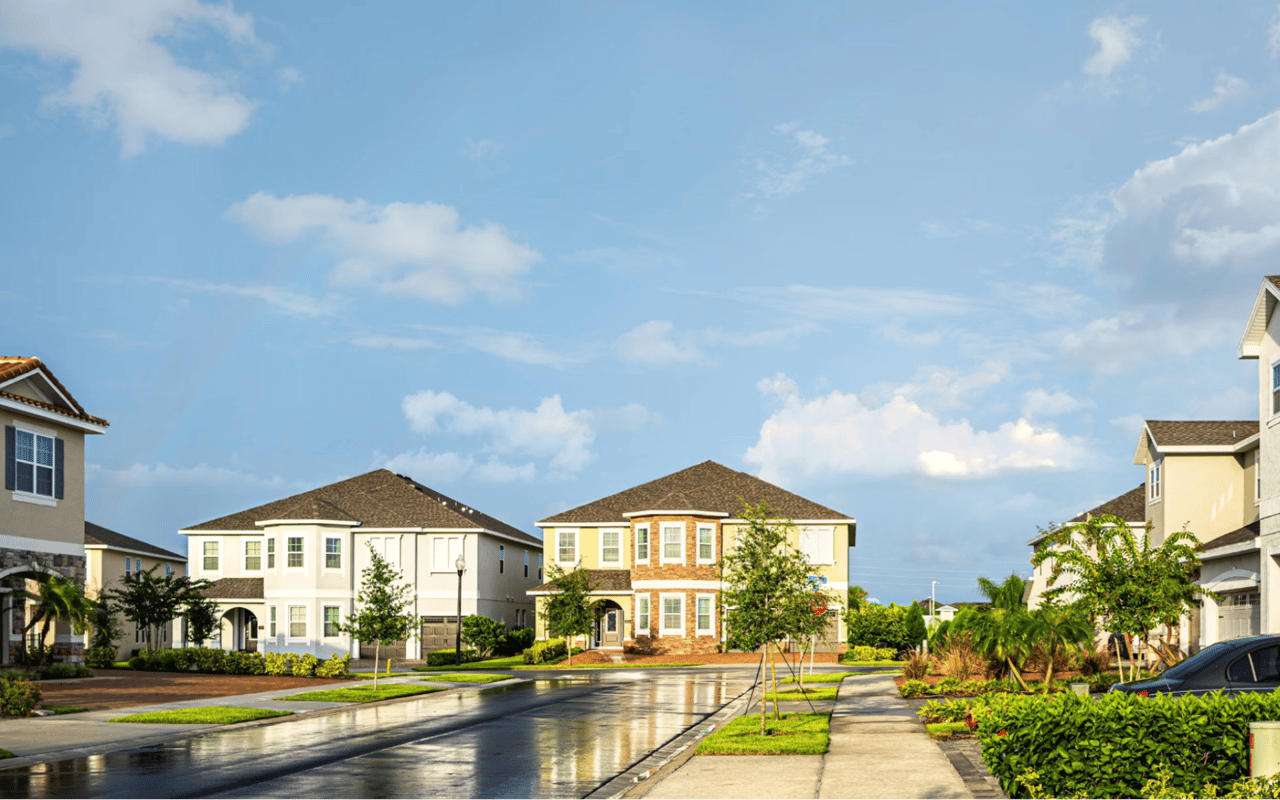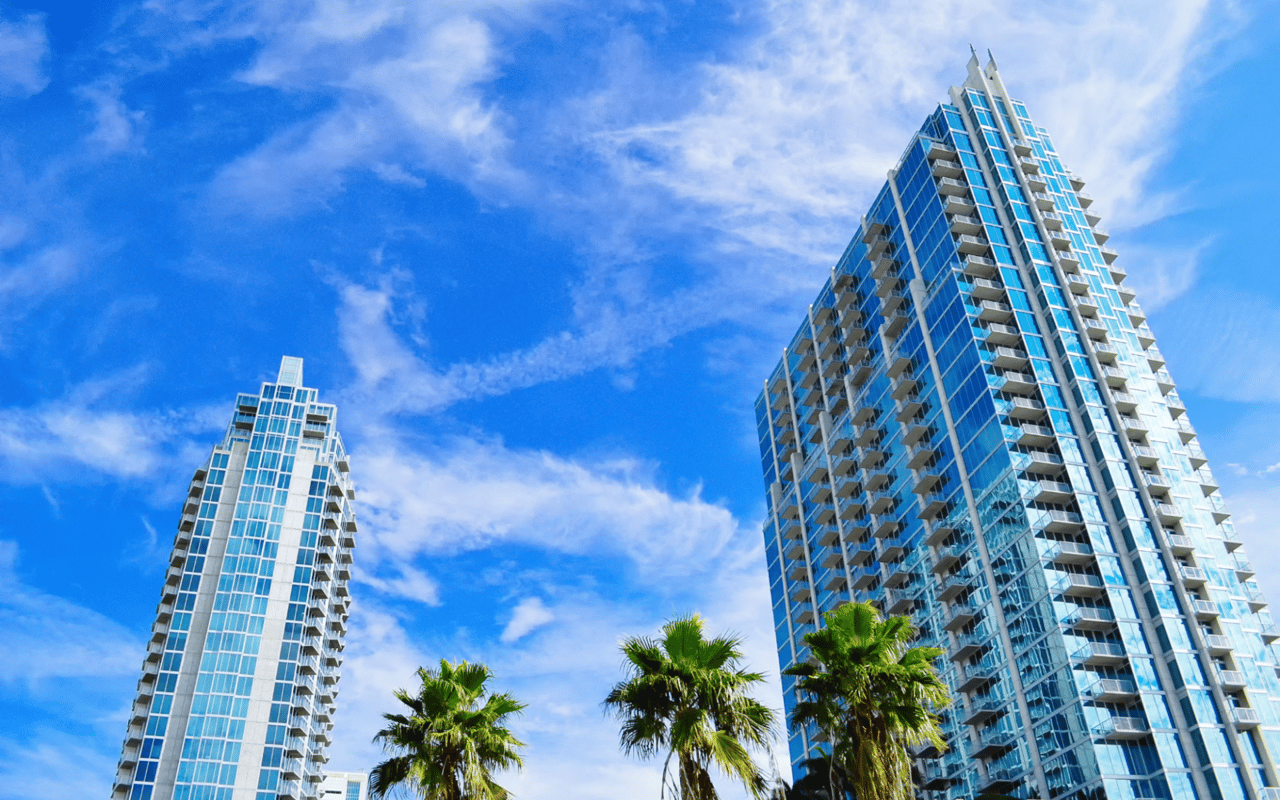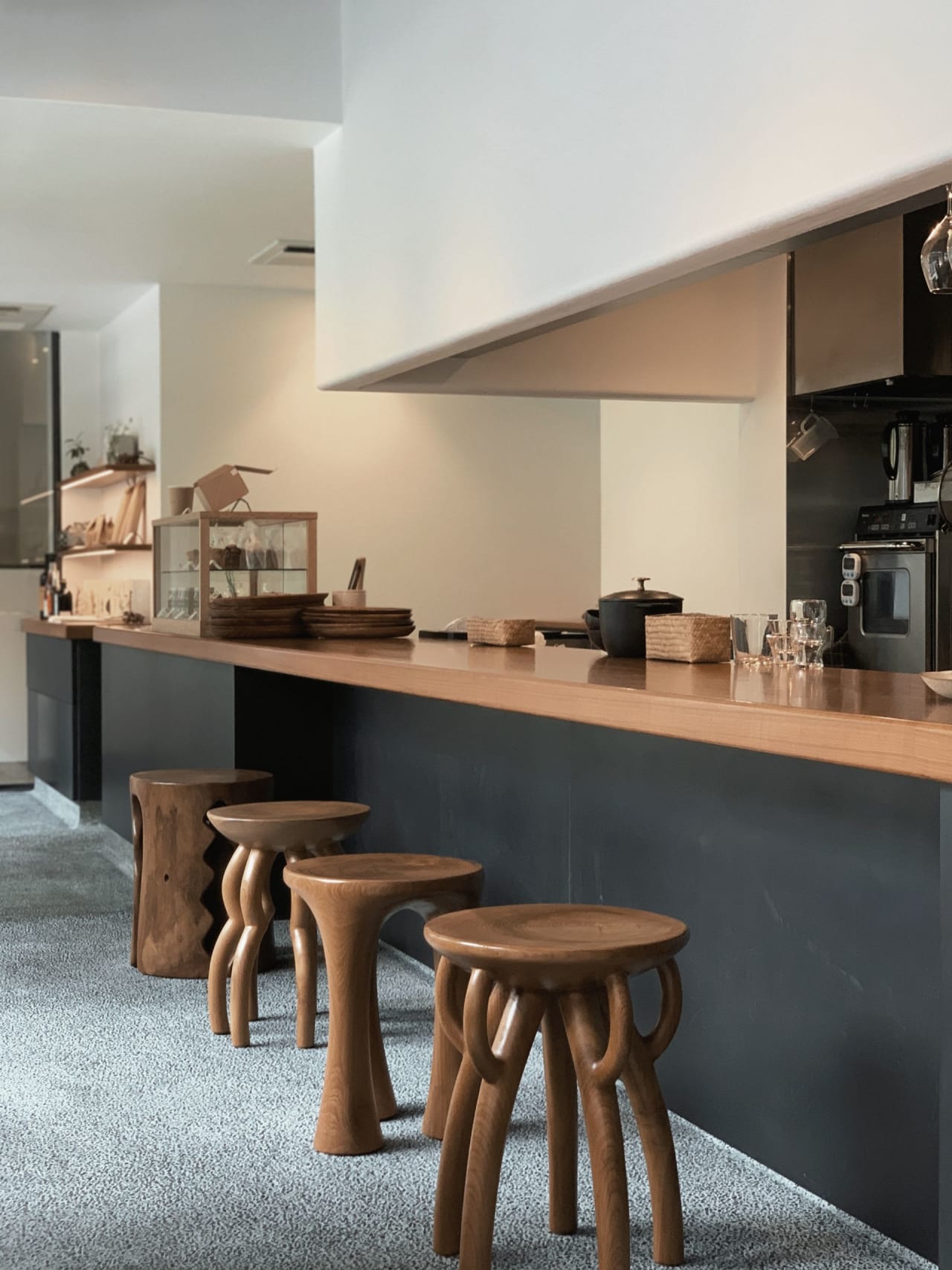South Tampa is arguably the most distinct among the City of Tampa's six primary regions. Extending south from Kennedy Boulevard to MacDill Air Force, the South Tampa region occupies two-thirds of the Interbay Peninsula between Hillsborough Bay to the east and Old Tampa Bay to the west. The area is a longstanding haven for those seeking a luxurious, laid-back lifestyle secluded from Tampa's busier districts (but still keeping it all within arms-length).
But beyond its affluent communities, prestigious real estate, and vibrant waterfront living, South Tampa carries historical significance and cultural depth that traces back to the earliest days of American history. It's a rich heritage worth exploring and a journey to several of South Tampa's most treasured landmarks, historical sites, and cultural events.
Early beginnings
The Interbay Peninsula was initially home to Native American settlements at modern-day Culbreath Isles between 3,000 and 5,000 years ago. Later, in the latter stages of the 1600s, the peninsula would attract Spanish and English explorers searching for viable ports and worthwhile settlement locations. By the 1820s, homesteaders would begin to populate the area, eventually establishing Fort Brooke near what is now Downtown Tampa.
Permanent settlements would follow and officially organize towards the end of the century. Thus, what followed is a nearly two-century-long history of inhabitants making South Tampa and the Interbay Peninsula their home.
Historic Hyde Park
The definition of historical charm and contemporary sophistication, Historic Hyde Park has long proven to be one of Tampa's most unique neighborhoods. Situated just a few minutes drive southwest of Downtown Tampa, the community's origins trace back to the late 19th century, and it has never lost its appeal as one of Tampa's most coveted addresses. Hyde Park is a showcase for grand architectural design, an enduring trait that began with its development in 1889.
An incredible collection of pre-1940s Craftsman Bungalows provides the area with a glamorous, Florida-centric, Roaring Twenties vibe. Today, preservation maintains the rich architectural heritage while embracing modernity, providing experiences such as Hyde Park Village—an upscale collection of boutiques, restaurants, and cinemas. Hyde Park is a prime example of what's achievable with thoughtful development amidst historical surroundings.
A larger community emerges
Captivated by the region's unique merging of land and sea, industrialists, entrepreneurs, and opportunity seekers flocked to Tampa during the late 19th and early 20th centuries. Along with the establishment of the railroad, neighborhoods soon sprouted across the region. However, with the emergence of South Tampa's Hyde Park enclave in the 1880s, a neighborhood that would quickly cement the area's reputation as a sought-after destination for the affluent, more communities would emerge, giving new South Tampa residents a broad range of options.
From untamed wilderness, communities such as Bayshore Beautiful and Palma Ceia arose and proved irresistible to those seeking the good life in South Tampa. While most communities on the eastern side of South Tampa adopted the Florida-style bungalow as the predominant architectural style, upstart areas such as Beach Park in the peninsula's northwestern corner showcased Italianate, Mediterranean Revival, and Spanish Revival. Further south, Sunset Park would adopt the Tudor and ranch styles, creating yet another distinctive aesthetic.
Rapid growth and evolution
The 20th century was a period of considerable transformation for South Tampa. The construction of the Gandy Bridge in 1924, connecting South Tampa to St. Petersburg, was a monumental achievement that spurred further growth and development. The area became increasingly popular among the nation's elite, attracted by its warm climate, stunning landscapes, and burgeoning local economy.
World War II brought a significant military presence to South Tampa with the establishment of MacDill Air Force Base in 1941. The base played a crucial role in the war effort and made a lasting impact on the local community, bringing a diverse population and economic stability to the area.
MacDill Air Force Base
Occupying the far end of the Interbay Peninsula, MacDill Air Force Base was officially activated in 1941, honoring aviation pioneer Colonel Leslie MacDill. Originally a training ground for World War II bomber crews, its mission evolved through the 20th century, adapting to the U.S.'s ever-changing needs abroad —from the Cold War to the Vietnam War to 21.
In 1994, the base transitioned to a crucial role in operations and aerial refueling, marked by the establishment of the 6th Air Base Wing. Now, with the 6th and 927th Air Refueling Wings, MacDill is a pivotal asset for U.S. and allied forces. The base continues to be a substantial economic engine for the South Tampa community, the City of Tampa, and Hillsborough County.
Modern communities with historic appeal
Today, South Tampa is a mosaic of historic neighborhoods, modern amenities, and unparalleled luxury. The area's rich history is preserved in its historic homes, tree-lined streets, and cultural landmarks. At the same time, contemporary developments, upscale boutiques and outstanding eateries cater to the many desires of a diverse population.
Whether it's historic neighborhoods, stunning waterfront views, or the seamless blend of tradition and modernity, South Tampa continues to draw both locals and those relocating from beyond the city's border, enticing them with a mix of historical charm, modern luxury and civic comradery.
Annual Gasparilla Parade
Considered Tampa's signature celebration, the Gasparilla Pirate Fest and Parade grew from humble beginnings as a promotional event for the city's May Day celebration in 1904 into one of the country's largest and most singularly unique annual parades. Inspired by the legendary pirate Gasparilla, the first event featured a krewe of 50 men portraying pirates, capturing the city in a theatrical invasion. Initially held on the second Monday in February, the event moved to Saturdays in the 1980s to accommodate participants from across Tampa Bay.
Today, the festival's highlight is a 4.5-mile victory parade along South Tampa's Bayshore Boulevard, starting from Bay to Bay Boulevard and concluding at Ashley and Cass Streets, with multiple public viewing areas, celebrating Tampa Bay's rich cultural heritage and community spirit.
Ready to discover even more about South Tampa?
Immerse yourself in the vibrant history and unparalleled charm of South Tampa, where each neighborhood tells a unique story spanning over 200 years. Discover exquisite South Tampa homes for sale, each embodying the essence of coastal living and rich heritage. For expert guidance in navigating this dynamic market, turn to leading South Tampa real estate agents of The Sails Team. Contact Bret Crino today to embark on your journey to find the perfect luxury home in South Tampa.
